When it comes to getting views on YouTube, there’s some good news… and some bad news.
First, the good news: YouTube is an immensely popular site that people spend tons of time on.
In fact, according to Wikipedia, YouTube is the 2nd most popular website online:

And BrandWatch reports that people watch over 1 billion hours of YouTube videos every day.
Bottom line: there’s the potential that thousands (or even millions) of people will watch your videos.
So, what’s the bad news?
YouTube is a very, very competitive place.
No matter what your channel is about, there are likely hundreds (if not thousands) of channels that cover the same topics that you do.
And in general, it’s harder and harder to get your videos seen among the noise. In fact, there are 400 hours of video content uploaded to YouTube every minute.
Fortunately, there’s hope:
These 7 tested strategies that anyone can use to get more views on their videos.
Best Practices
Optimize for Suggested Video
There’s a lot of talk about ranking videos in YouTube search.
(And for good reason. YouTube is the world’s 2nd largest search engine).
That said, for many channels on YouTube, their #1 source of views isn’t search… it’s Suggested Video.
For example, if you look at the Backlinko YouTube Channel, 42% of views come from Suggested Video (vs. 26% from YouTube search).
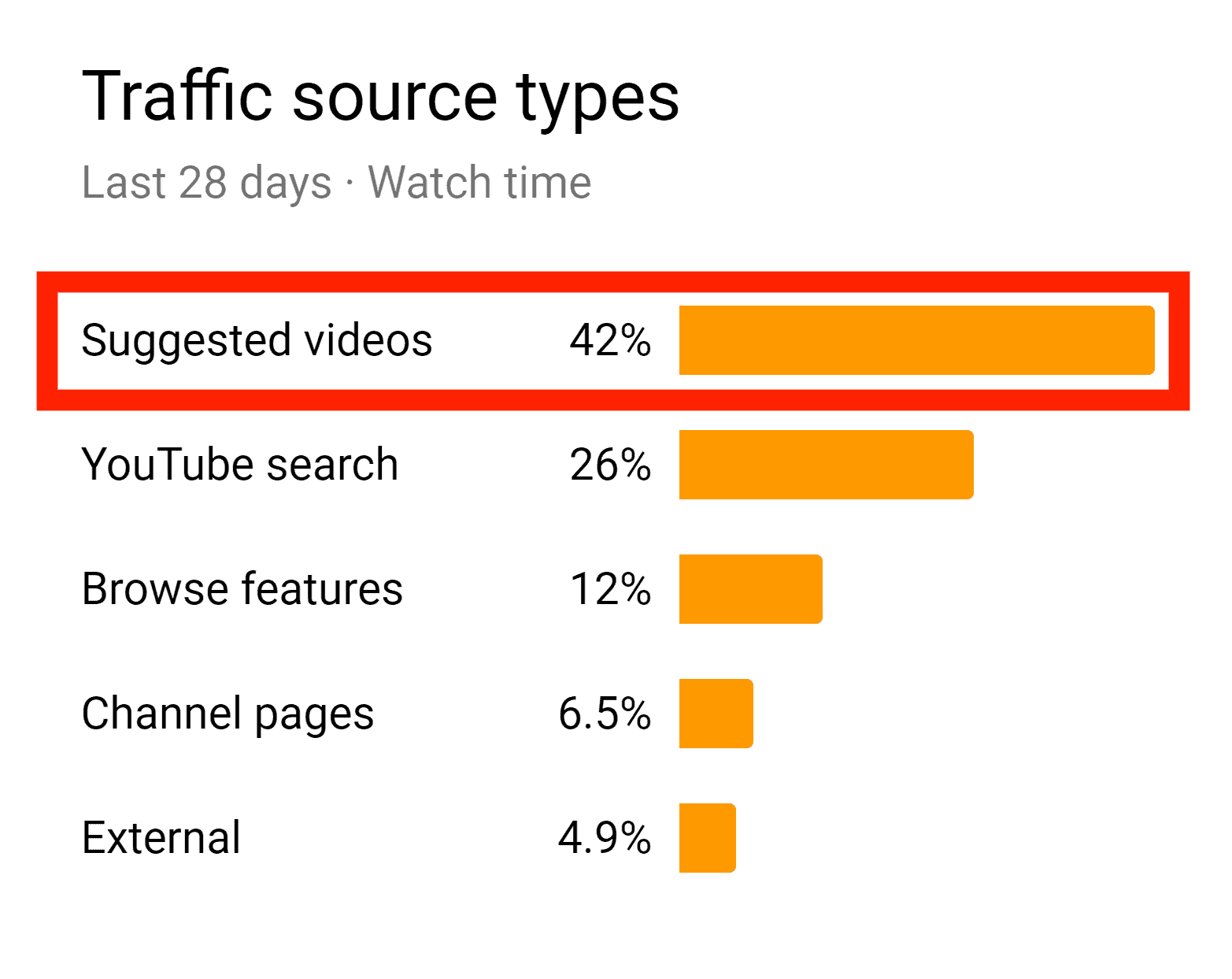
As a reminder, Suggested Video is that column of videos that show up next to the video you’re watching:
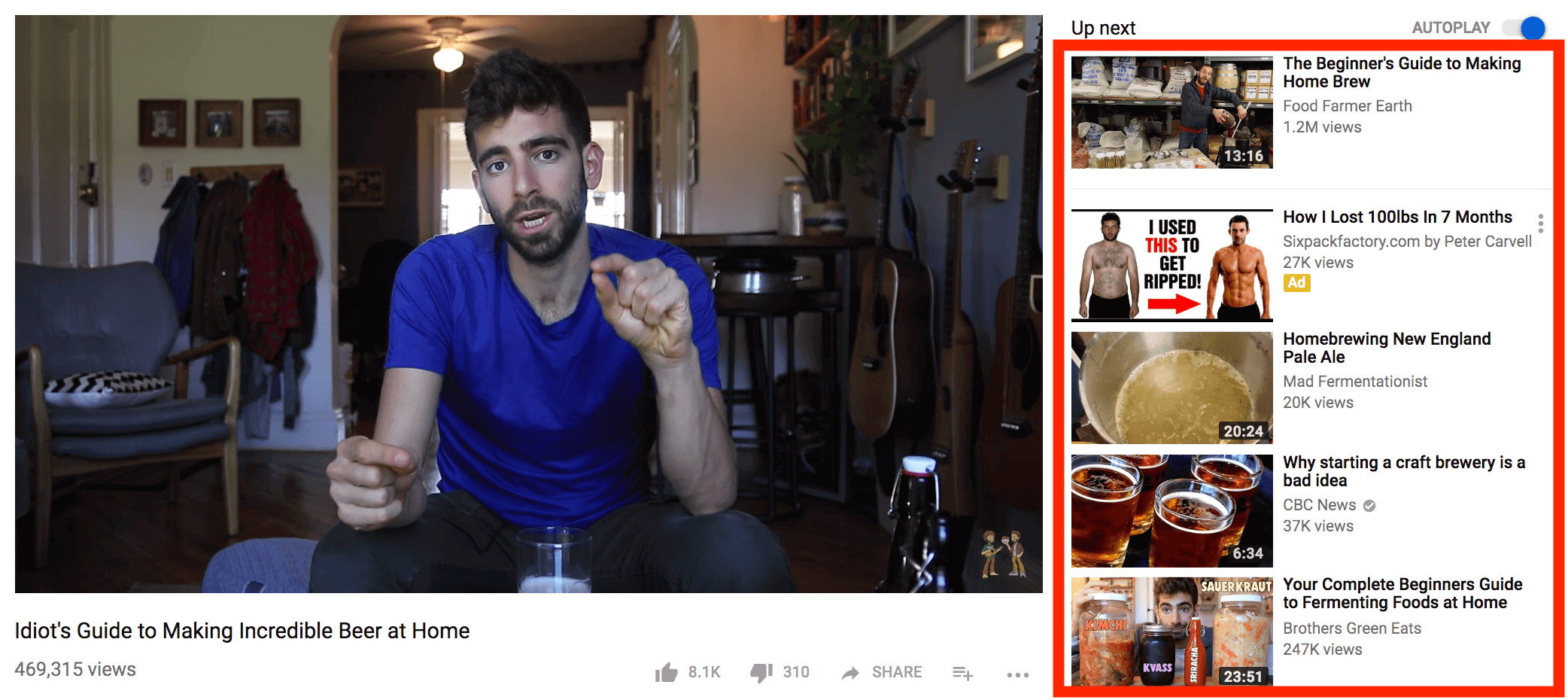
And if you’re on mobile, Suggested Videos appear below the video:
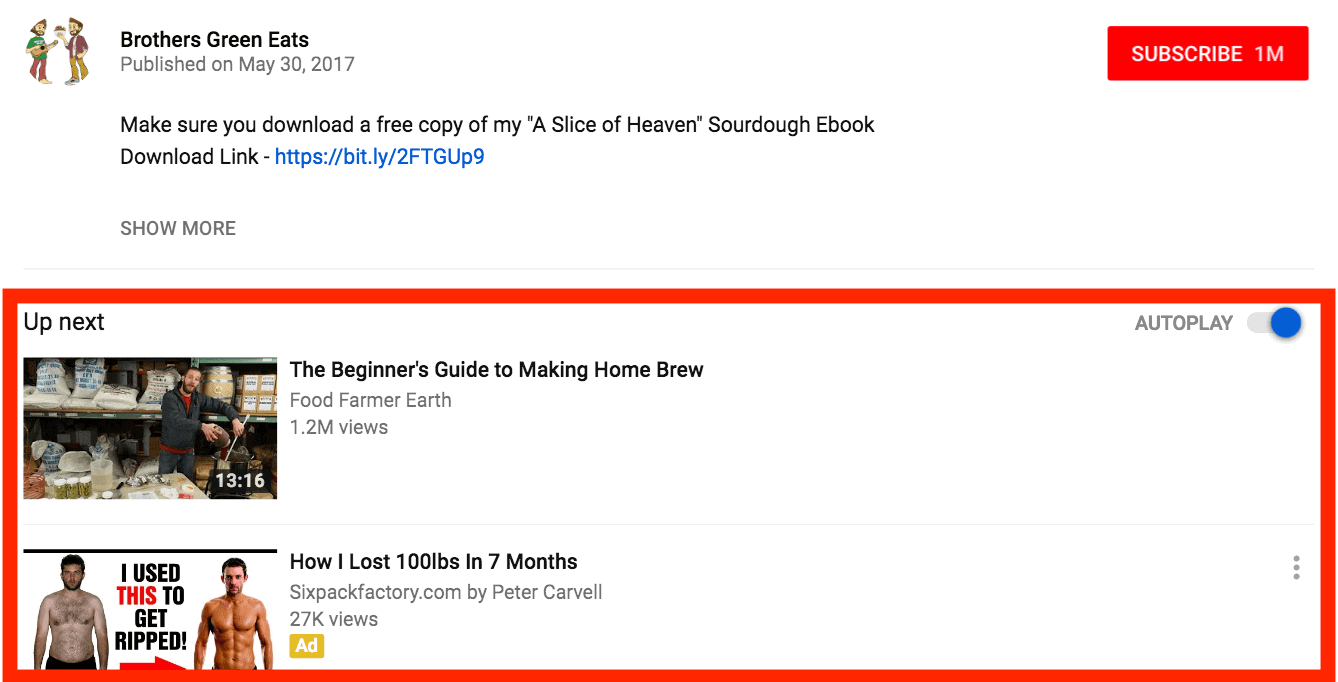
The question is: how do you get your videos to appear as a Suggested Video?
First, get more YouTube subscribers. YouTube is more likely to suggest videos from channels you’re subscribed to. So if one of your subscribers missed your latest video in their subscriber feed, YouTube will often remind them by promoting it as a Suggested Video.
Next, copy your competitor’s tags. Simply check out the tags that other popular videos in your niche use on their videos:
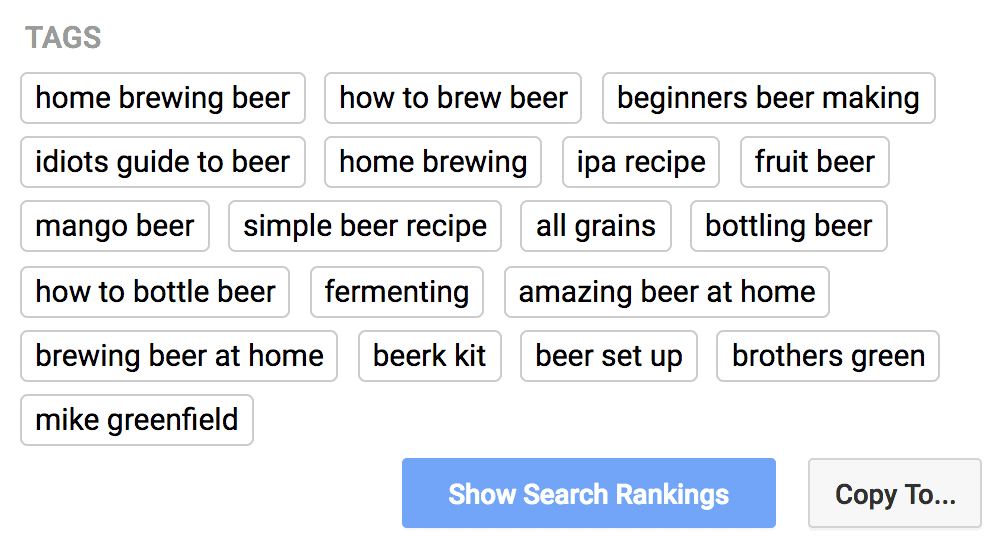
And add those same tags to your video.
Promote Videos With Cards
Every single video on YouTube has a specific spot where viewers drop off.
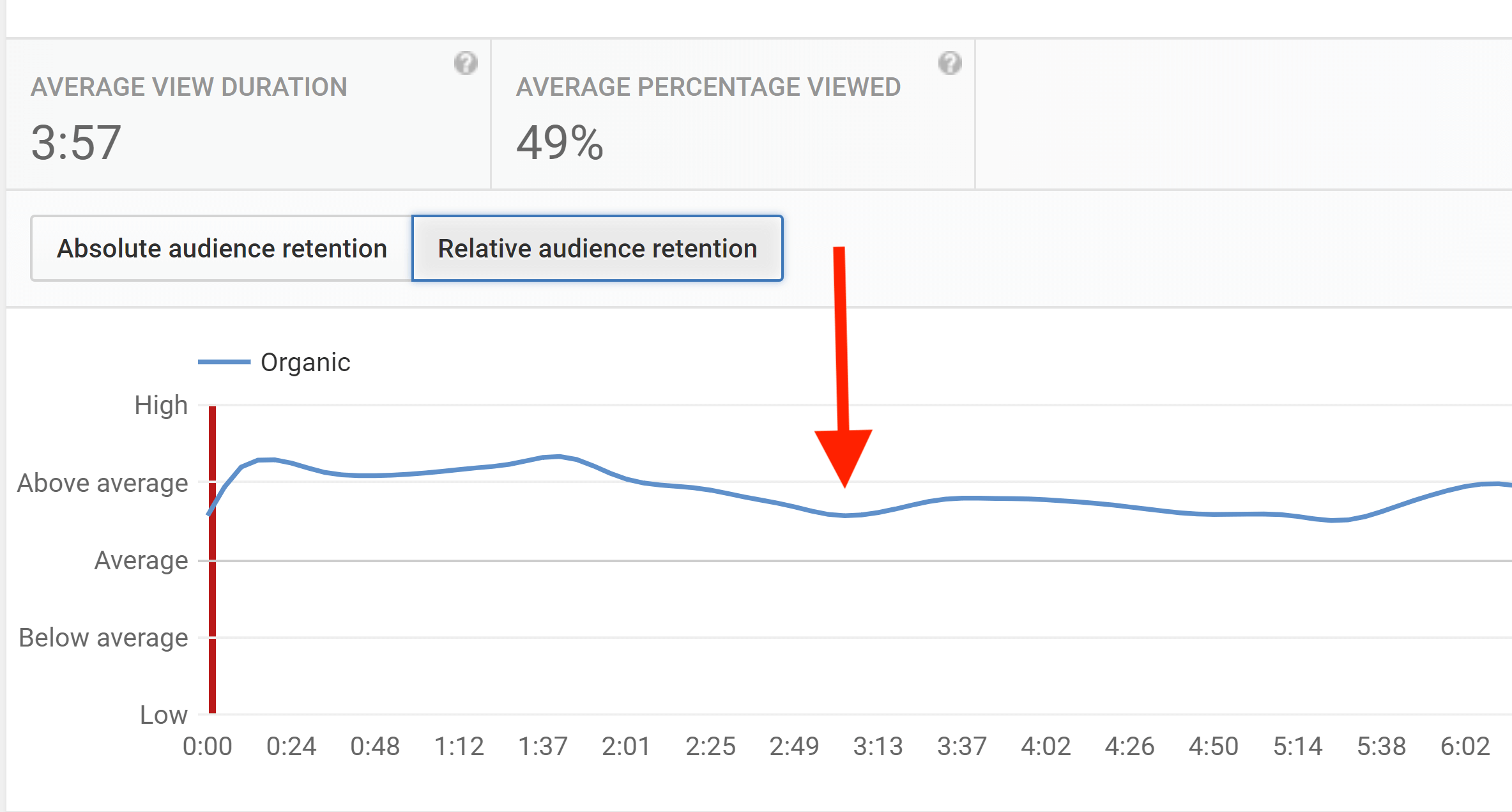
Sometimes it’s halfway through your video.
Sometimes it’s at the very end.
Either way, it’s something that happens in every video.
Normally, when viewers hit this point, they click on another video or close their browser. That’s bad.
But what if there was a way to keep that person watching videos from your channel?
Well, there is: YouTube cards.
All you need to do is find the specific place in your video where viewers tend to stop watching… and add a card at that specific spot.
For example, if you notice a big drop in Audience Retention at 8:05, you’d want to add a card to a related video right there:
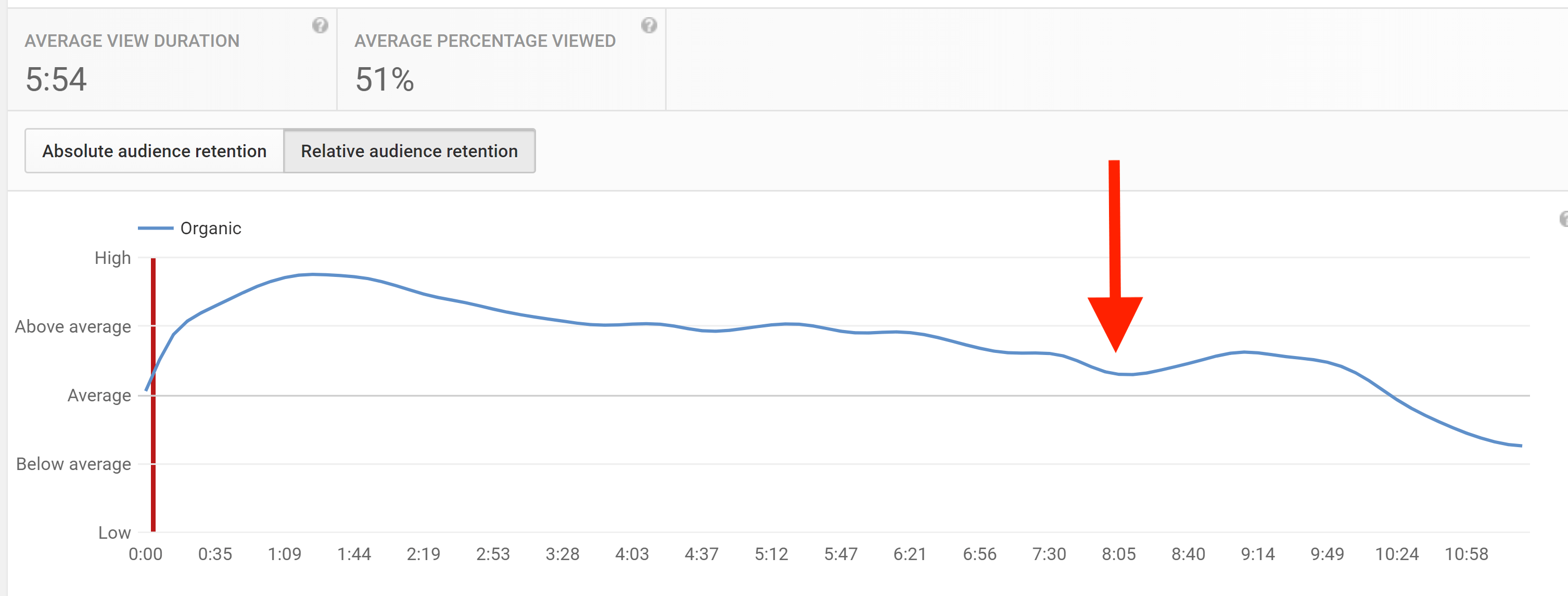
That way, instead of clicking over to another channel, they’ll watch one of your other videos.
Optimize Videos for SEO
There’s a lot that goes into ranking videos in YouTube.
That said, YouTube SEO boils down to a few key principles:
- Keywords: Video keyword research is the process of finding words and phrases that people use to find content on YouTube. Optimizing your videos around the right keywords is the foundation of SEO on YouTube.
- Watch Time: If you want your videos to rank, they need to keep people engaged. In fact, Watch Time might be YouTube’s #1 ranking factor right now.
- Optimization: Here’s where you use your target keyword (and related keywords) in your video title, description and tags.
Create Titles Optimized for Clicks
Your video title is a big part of determining whether or not someone decides to click on your video.
Your title’s main job is to encourage people to click.
The only “catch” is that your title needs to accurately describe your content (that’s why clickbait largely doesn’t work nearly as well as it used to).
For example, here’s a great title that (accurately) describes the video in a way that pushes you to click:

Create Standout Thumbnails
According to YouTube, 9 out of 10 popular videos use a custom thumbnail.
So there’s no question that thumbnails play an important role on maximizing your video’s views.
Here are some tips for crafting thumbnails that stand out from the pack:
- Use “GOBY” Thumbnails: “GOBY” thumbnails are thumbnails that primarily use green, orange, blue and yellow as their color palette. Why? Because these colors stand out from YouTube’s standard palette of red, white and black. Here’s an example:

- Use Attention-Grabbing Graphics: Use graphics to draw attention to something in your thumbnail.

- Experiment: Every channel is different. So while it makes sense to model your thumbnail after successful videos, make sure to experiment with different styles, images and text. Over time, you’ll figure out a thumbnail style that generates the most views for your channel.
Publish at the Right Times
You can increase your views significantly by publishing at the right time. After all, YouTube sends out notifications to certain subscribers whenever you upload a new video.
And if your subscribers are all on YouTube at that time, they’ll likely click over and watch your video right away.
OK, so what is the right time to upload a video for your channel?
Fortunately, you don’t need to guess when your audience is on YouTube.
You can use a cool feature in VidIQ called “Best Time to Post”.
This shows you a timeline of subscriber activity… and lets you know the exact best time to post a new video:

Rank Videos in Google
A whopping 88% of video results on Google’s first page are from YouTube.
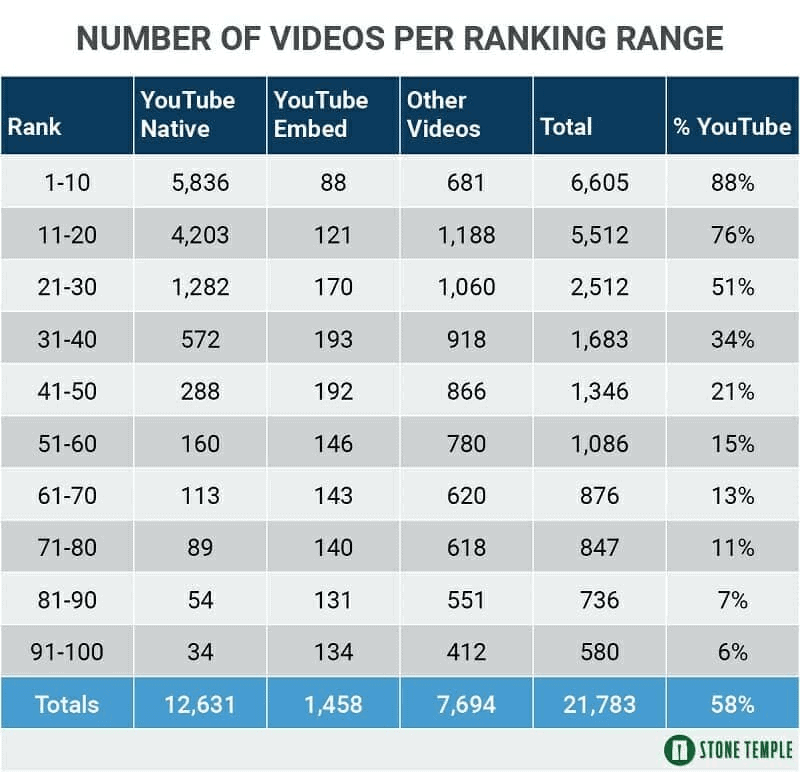
And if you can get your video on Google’s first page, you’ll get lots more views on your video.
Here are some techniques you can use to rank your YouTube videos in Google:
- Optimize For “Video Keywords”: These are terms that already have a video result in Google. In other words, these are keywords that Google considers ideal for a video. Here’s an example:

- Strong SEO: Unlike YouTube, Google isn’t super interested in user engagement, Watch Time and other YouTube-focused ranking signals. Instead, they want to show their users hyper-relevant results. So make sure that Google can easily understand your video’s topic by including keywords in your title, description and tags.
- Embed Your Videos: Whenever you embed one of your videos on another site, it creates a backlink back to your video, which is a key Google ranking factor.
Learn More
How to Get More Views on YouTube (Fast): Video with lots of actionable strategies for boosting views.
3 YouTube Growth Strategies: Insightful video that covers a lot of mistakes YouTubers make when trying to get more views.